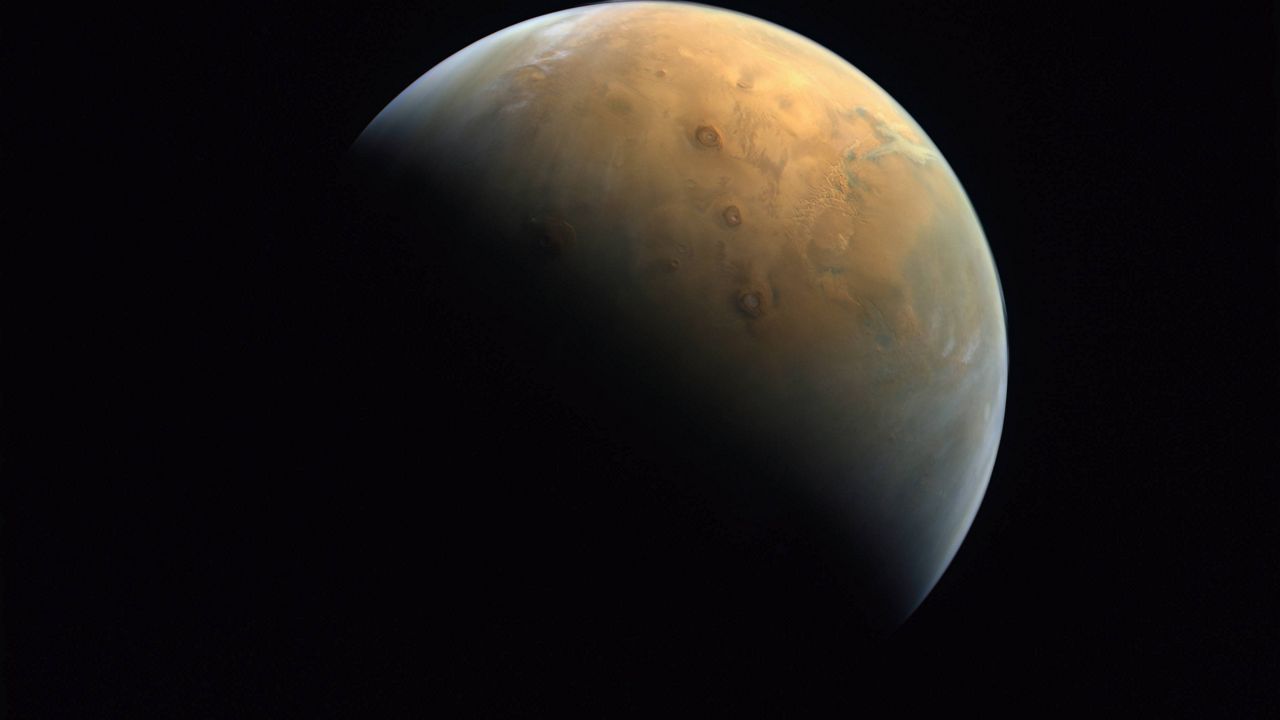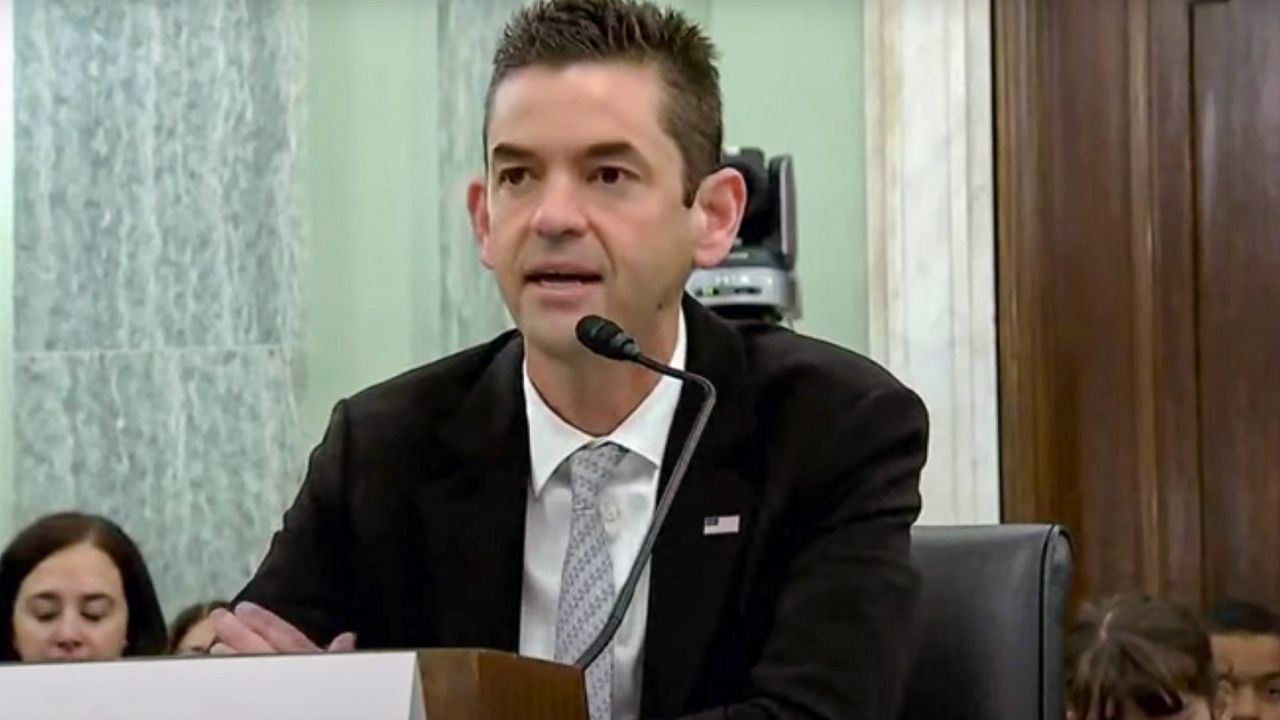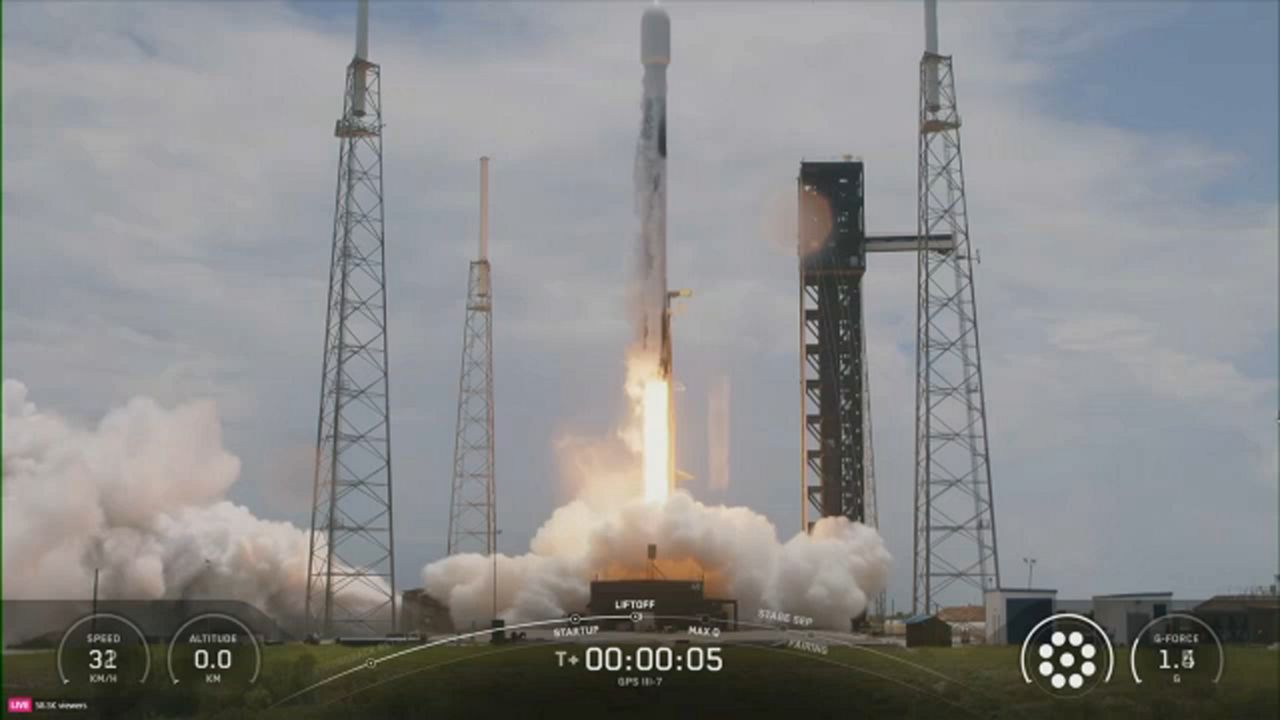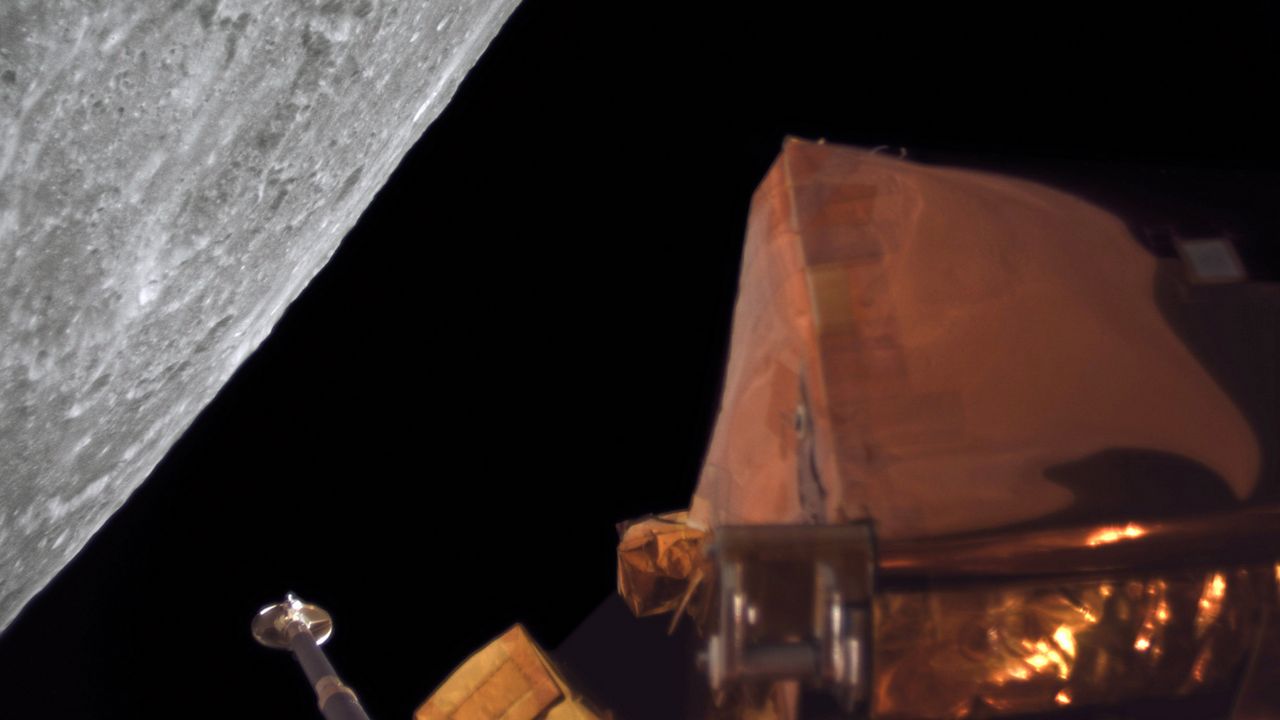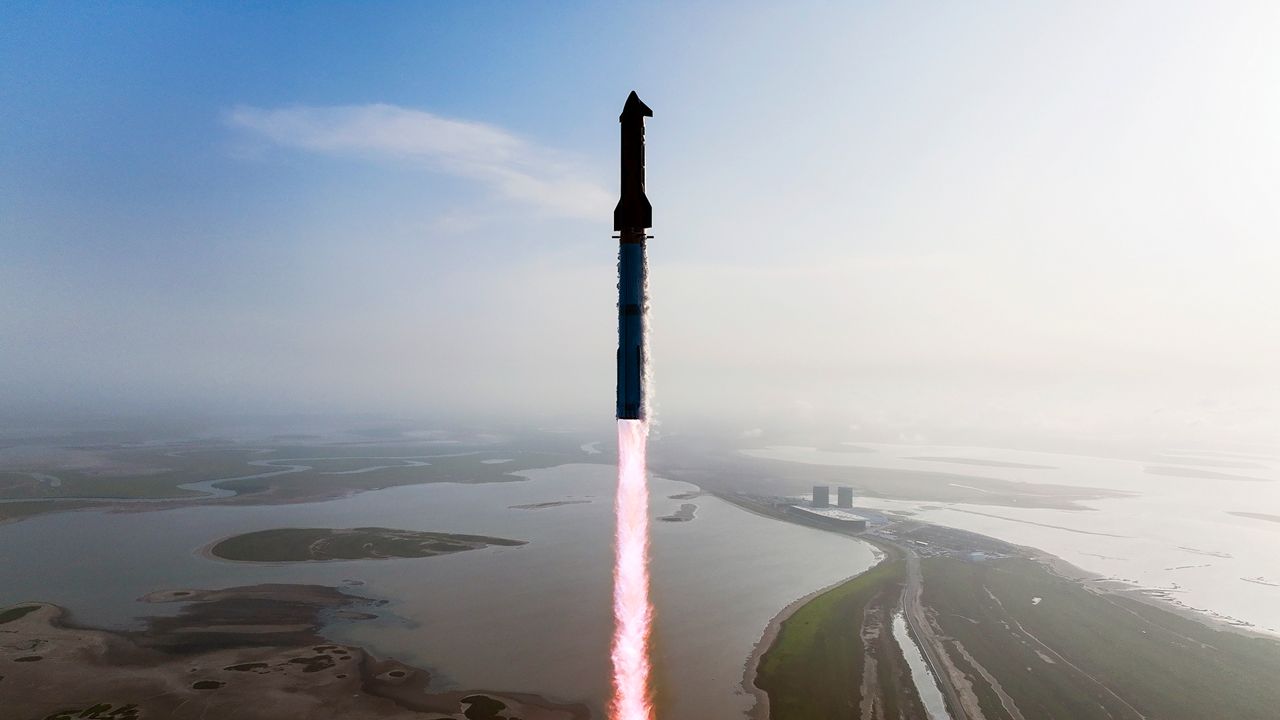KENNEDY SPACE CENTER — Coming off the heels of a failed Starship launch, SpaceX sent up a Starlink mission Wednesday morning, despite the weather looking uncertain.
What You Need To Know
- The Falcon 9 rocket sent up Starlink 10-32 mission
- It took off from Kennedy Space Center’s Launch Complex 39A
The Falcon 9 rocket took off carrying the Starlink 10-32 mission from Kennedy Space Center’s Launch Complex 39A at 9:30 a.m. ET, stated SpaceX.
The nearly four-hour launch window opened at 9:30 a.m. ET and was set to close at 1:17 p.m. ET.
This means the California-based company had during that timeframe to launch its rocket.
The 45th Weather Squadron did give a “15%→60%” chance against the launch, citing the main concerns being cumulus cloud, anvil cloud and surface electric fields rules.
Find out more about the weather criteria for a Falcon 9 launch.
If there was a scrub, the next attempt would have been on Thursday at 9:08 a.m. ET.
Going up
This is the 19th mission for the Falcon 9's first-stage booster old B1080. It has had a number of important missions, including two crewed launches:
- ESA’s Euclid telescope
- Ax-2 crew mission
- Starlink 6-11 mission
- Starlink 6-24 mission
- Ax-3 crew mission
- CRS-30 mission
- Starlink 6-52 mission
- Starlink 6-62 mission
- ASTRA 1P
- NG-21 resupply mission
- Starlink 10-10 mission
- Starlink 6-69 mission
- Starlink 12-1 mission
- Starlink 12-2 mission
- Starlink 12-4 mission
- Starlink 10-12 mission
- Starlink 6-80 mission
- Starlink 6-75 mission
After the stage separation, the first-stage rocket landed on the droneship Just Read the Instructions in the Atlantic Ocean.
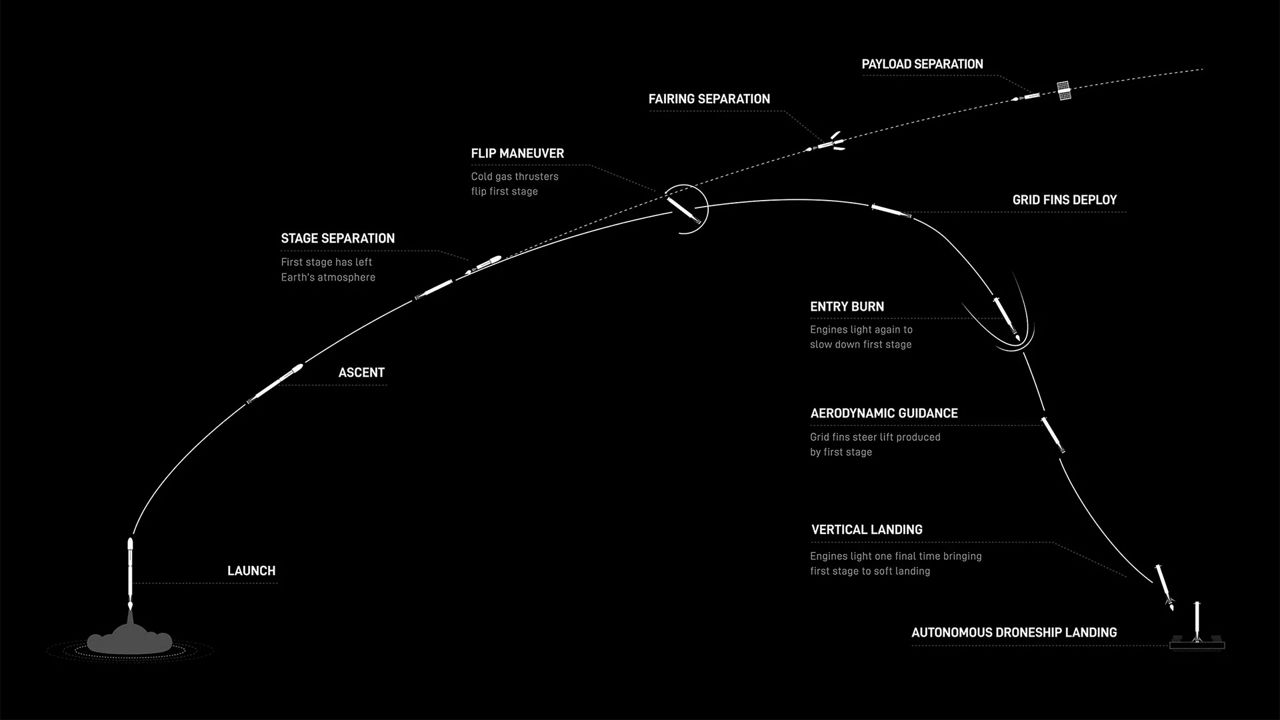
About the mission
The 27 satellites from the Starlink company, owned by SpaceX, will be heading to low-Earth orbit to join the thousands already there.
Once deployed and in their orbit, they will provide internet service to many parts of Earth.
Dr. Jonathan McDowell, of Harvard-Smithsonian Center for Astrophysics, has been recording Starlink satellites.
Before this launch, McDowell recorded the following:
- 7,586 are in orbit
- 6,731 are in operational orbit






